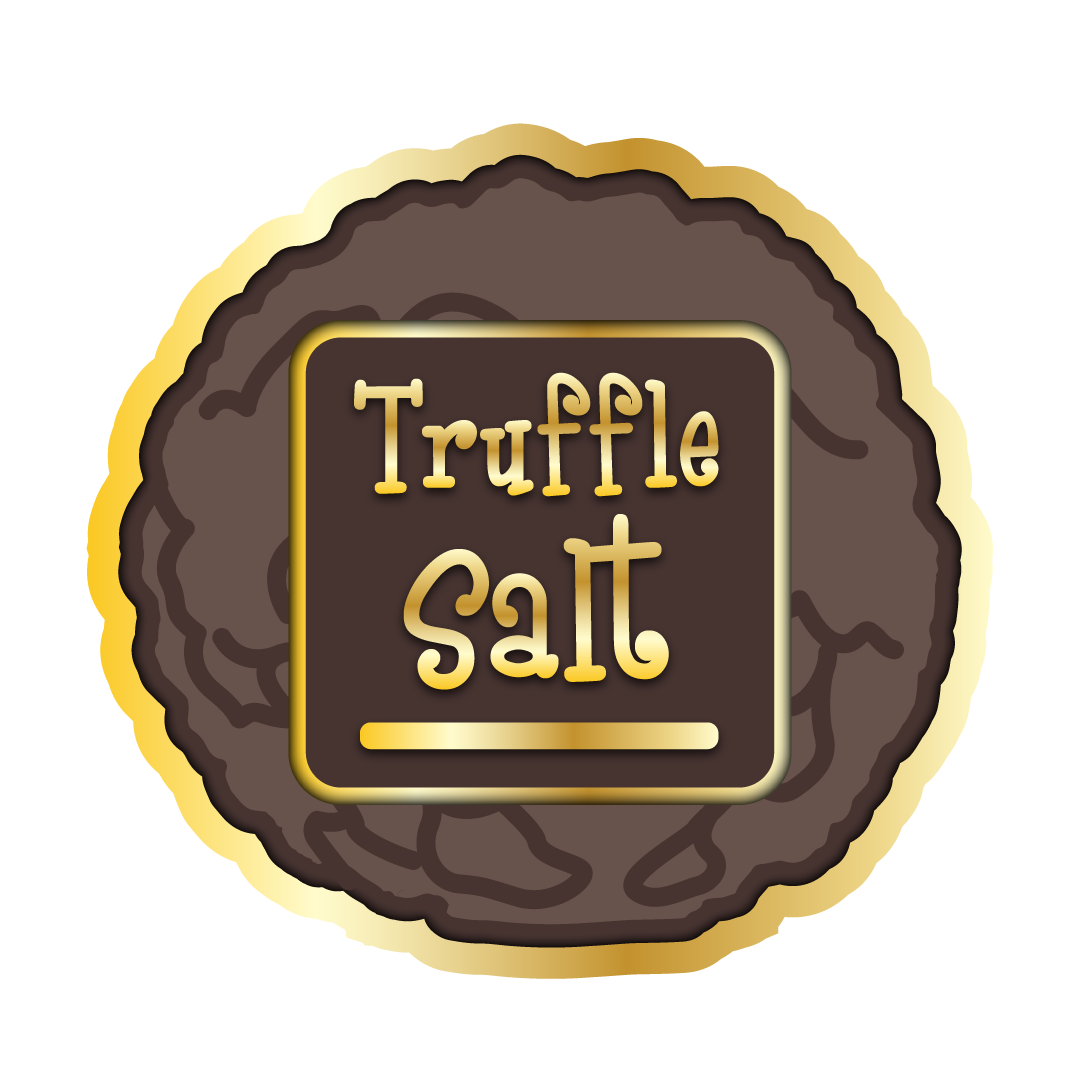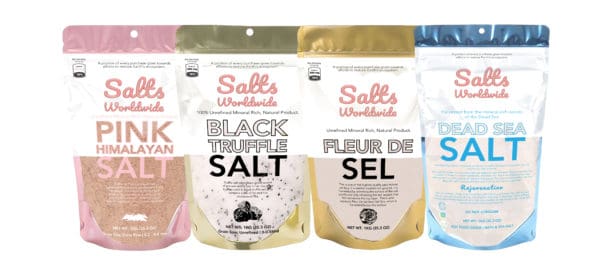Pink sea salt is one of the many salts found in nature. It has many benefits for your health, including reduced cholesterol. However, it can be hard to find a pure product that meets your needs. Here are some things to look for when choosing a salt. These factors include Iodine content, color intensity, and mineral content.
Mineral content
The mineral content of pink sea salt has been investigated using descriptive statistics. One-way analyses of variance were conducted to assess differences in mineral content by form and color intensity. Two-sample t-tests were also conducted to determine differences between pink sea salt and a control, white table salt. Statistical analyses were performed using Minitab 17 and SAS University Edition.
The mineral content of Himalayan pink salt is quite high. It contains 49 different trace minerals that work together inside the body to perform various functions. These minerals include titanium, platinum, lead, tungsten, and scandium. These minerals play an important role in cellular functions and maintaining body fluids. They also contribute to the reduction of bloating and water retention. As a result, pink sea salt contains many health benefits.
Although the mineral content of pink salt is quite high, the iodine content is rather low. It’s best to supplement with foods rich in iodine. But even then, the nutrition of this salt is almost identical to that of ordinary salt. Compared to table salt, pink Himalayan salt is prettier and more expensive.
In addition to its high mineral content, pink Himalayan salt also has trace amounts of other minerals that have therapeutic properties. These trace minerals are responsible for giving pink salt its unique taste and color. Since sea salt is obtained from sea waters, it’s possible that it contains trace minerals that are harmful to the environment. In addition, sea salt is usually iodized, and there are only a few brands of pink salt that are uniodized.
Pink Himalayan salt is considered to be healthier than regular table salt, because it contains higher levels of beneficial minerals than regular salt. Pink Himalayan salt has 84 essential trace elements compared to 72 bits of table salt.
Color intensity
The Peruvian pink salt has a high concentration of lead, 130 times higher than the FSANZ maximum contaminant level. Lead is a non-nutritive mineral and when consumed through food can have adverse effects on human health. There is no known safe level of lead exposure. Some of the adverse effects include compromised bone health, kidney dysfunction, cognitive decline, and heart disease.
The Himalayan salt contains a wide range of minerals, including iodine. It is an effective flavor enhancer, and works well with roasting chicken and fish. It is also used in pickling brines. These benefits make Himalayan salt one of the most versatile salts on the market.
Aside from cooking, pink salt is also used to treat respiratory and mouth problems. It also helps balance pH levels and reduce sodium intake. It’s also an effective ingredient in body scrubs and baths. You can also incorporate it into a healthy diet to improve overall health. It is an excellent way to improve your health and reduce the risk of developing disease.
The intake of pink tableware should not exceed the recommended daily limit of five grams per day. While it is healthy to consume some salt, it should not exceed the nutrient reference levels for Australia and New Zealand. High levels of salt can lead to health problems. Food regulatory bodies should investigate these concerns in order to protect the public from any negative consequences.
Rising health consciousness and the desire for healthy salt are driving the growth of the pink Himalayan salt industry. The global market is expected to increase by 3.5% by 2027.
Origin
Pink sea salt is the purest salt available on the market and has been used for over 250 years. It is naturally occurring and crystallized from seawater. In ancient times, the salt sea beds were covered with lava, which helped protect the salt from the modern pollution that we experience today. This salt is naturally occurring and is perfect for savory and sweet recipes.
A new study examined the mineral content of pink sea salt using samples purchased from retail stores in two metropolitan cities and one regional town in Australia. The researchers conducted an analysis using a mass spectrometry solids scan to determine the mineral content of each sample. The results showed that Himalayan pink salt has a higher mineral content than the other samples. The results, however, should be interpreted with caution. Flake samples were relatively small, and this may lead to misclassification bias.
Pink salt contains trace minerals that help the body maintain a normal pH level and improve a variety of bodily functions. For example, it helps reduce muscle cramps, maintain a normal blood sugar level, and promote healthy pH levels in cells. It is also cheaper than many other exotic salts, making it a more affordable alternative for the health-conscious consumer.
In addition to its mineral content, Himalayan salt is a good option for pickling brines. It also has high iron content, making it a natural flavor enhancer. In addition, it can be used for roasting chicken and fish.
Iodine
Pink sea salt is a great source of iodine. It contains about half the iodine you get from table salt. This amount is the recommended daily allowance recommended by the National Institutes of Health for most adults. But some people are wary of the benefits of pink sea salt because the research is still in its early stages.
It is also rich in sodium, a mineral that is essential to the body. Sodium helps regulate the body’s water balance and promotes the pH balance in cells. Sodium also improves sleep and fights aging. It is also good for respiratory issues. In addition, Himalayan salt is an excellent exfoliant in the shower. You can find Himalayan salt scrubs easily on Amazon.
Sea salt contains iodine, but it is a trace mineral. This mineral is not a major source of your daily nutrition. Most table salt is highly refined and contains anti-caking agents that reduce clumps. Besides, it does not contain enough iodine to meet your needs.
One of the biggest misconceptions about sea salt is that it’s high in sodium. Even though it has much less sodium than table salt, it still contains several minerals that are beneficial for your health. The sodium content of pink salt is about the same as table salt. The sodium content in table salt is 2,300 mg per teaspoon.
You can use Himalayan pink salt in baking and cooking. At Crate & Barrel, you can buy a large block of it for $35. The block will last you dozens of uses. You can also use it to infuse flavor into your steaks. Using it as a base on a charcuterie board is another great option.
Heavy metals
The intake of pink sea salt can benefit the body by removing heavy metals, including cadmium, lead, and mercury. However, consumption should not exceed the nutrient reference values for Australia and New Zealand, which are approximately 5 g per day. This salt also contains a high amount of potassium, magnesium, and calcium, making it beneficial for the health of people with kidney disease and liver disease.
To determine the mineral content of pink salt, researchers analyzed the samples from retail stores in Australia. They used a mass spectrometry scan of solids to determine the amount of minerals present in each sample. The salt contained various elements, including aluminum, arsenic, barium, calcium, chromium, copper, cobalt, iron, manganese, mercury, and molybdenum.
The presence of trace minerals in pink sea salt has also been noted in studies. These findings have been attributed to the fact that the salt is a source of important trace minerals and is more expensive than ordinary table salt. The salt in pink Himalayan salt contains 84 trace minerals that are beneficial to the body. However, it is important to remember that these minerals are not equivalent to the ones found in regular salt.
While there are numerous health benefits of pink salt, a recent Australian study has shown that it contains a high level of heavy metals and low levels of essential nutrients. The researchers examined 31 pink salts sold in Australia and found a wide range in their concentrations. For example, iron levels in pink salt ranged from 0 to 17mg/100g. Meanwhile, calcium levels varied between 53 and 574mg/100g. Interestingly, the samples with the highest concentration of essential nutrients also had higher concentrations of heavy metals.
There are also concerns about the presence of lead in pink salt. In 2014, residents of Flint, Michigan, for example, found toxic amounts of lead in their tap water. Normally, the level of lead in drinking water is below 100 ppb. However, a healthy person can handle a low level of lead exposure.


Recent Comments